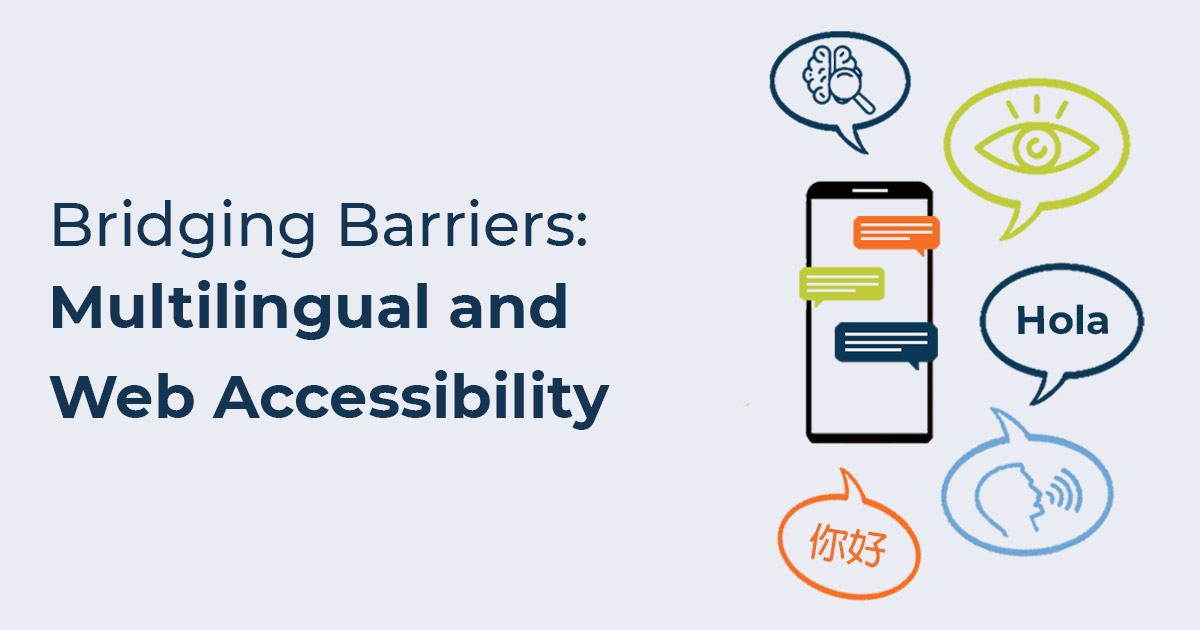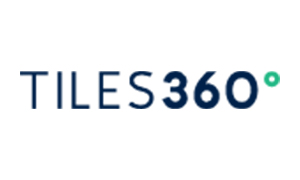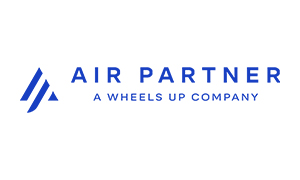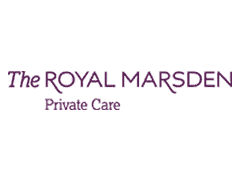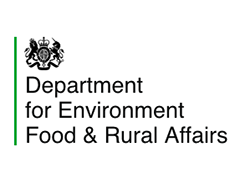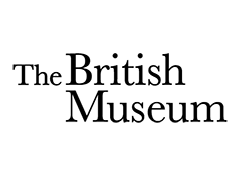Bridging Barriers: Multilingual and Web Accessibility
To create a website accessible to the widest possible audience, it is important to add the languages spoken by your target users and ensure the site is designed for accessibility. By prioritising inclusivity, multilingual support and usability for all, you can reach more users, increase user engagement, and comply with legal standards while delivering to diverse cultures and impairments.
Multilingualism: Expanding Reach and Enhancing SEO
Including multiple languages in digital platforms has several purposes. It broadens the reach of products and services, making them accessible to a wider audience. Multilingual websites and applications resonate with international users, offering content in their language, which can increase user engagement and satisfaction.
Offering content in multiple languages improves SEO, helping your content appear more easily in searches across different languages and cultures. This strategy can lead to increased traffic, higher conversions and click-through rates.
Tips for Implementing Localisation:
- Localised Content: Adjust your content to meet your target audience's culture and expectations instead of the usual translation.
- Professional Localisation: Ensure accuracy and relevance by employing professional translation services.
- Language Switching Options: Make it so users can easily switch languages that suit their preferences.
- Hreflang Tags: Adding hreflang tags to your website’s code can help search engines like Google understand which languages and regions your content is targeted at, increasing the user experience for a wider audience.
Accessibility: Equal Access, Legal Compliance and Enhancing SEO
Accessibility in design considers the needs of people with impairments, including visual, motor, or cognitive disabilities, and it also factors in SEO best practices.
In many countries, offering equal access to content is an obligation and a legal requirement, but it also increases website visibility by search engines. Meeting accessibility standards improves the overall user experience (UX) and can protect against potential legal outcomes. Search engines like Google factor this into their rankings, as well as well-structured HTML and good-quality content that is SEO friendly.
Reasons to Prioritise Accessibility:
- Equal Access: It's important to consider users' different abilities and ensure that everyone can access and benefit from digital content regardless of their impairments.
- Improved UX: Accessible design often leads to cleaner, more user-friendly interfaces that benefit all users, not just those with impairments.
- Legal Compliance: Many countries have laws requiring digital content to be accessible to people with disabilities. Non-compliance can result in legal action.
- Increasing SEO: Accessible websites often feature navigation and descriptive link texts, which help with SEO. Sometimes, they also use structured data and headings to improve SEO by helping search engines understand the content better. This makes crawling and indexing easier, increasing the site's visibility and rankings.
Tips for Enhancing Accessibility:
- Alt Text for Images: Provide descriptive alt text for images, enabling screen readers to describe them to visually impaired users.
- Keyboard Navigation: Some users cannot use a mouse, so ensure you can use a keyboard to navigate interactive elements.
- High Contrast Options: Offer high-contrast colour options for users with visual impairments.
- Semantic HTML Elements: Use HTML elements according to their intended purpose to ensure screen readers can interpret and navigate content.
- Accessibility Checks: Run accessibility checks regularly to find and address issues and ensure your digital content remains accessible to all users.
Conclusion
Inclusive and accessible design is not an optional add-on but a crucial feature when creating digital services. By taking multilingual and accessibility into account, businesses can make sure their digital offerings are more inclusive, successful, and legally compliant. The journey towards inclusivity requires commitment, constant improvement and a desire to listen to and learn from the global community's needs.
At ExtraDigital, we incorporate these principles by offering services that increase SEO while assessing accessibility. Whether it’s being legally compliant or well-optimised, we can help all businesses create accessible, SEO-friendly content that reaches your audiences.
With our strategic approach and creative expertise, our team at ExtraDigital can help you captivate your audience, enhance user experience, establish a strong brand presence, and cultivate meaningful connections.
Contact us today to learn more about our services. Let us help you achieve success that leaves lasting impressions.
